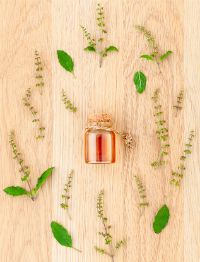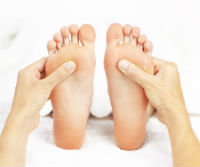Keep a Mind-Body Journal for Health and Healing
/How would you like to understand, once and for all, the relationship between what you're eating and how you feel? Keep a mind-body food journal. It's a powerful way to gain insight into eating habits and the impact of food choices on your mental and physical wellbeing. A mind-body food journal is different from a "diet diary" because the intention is different: it's not just about the fit of your jeans, it's about how food fits your life and your lifestyle.
Too often we eat mindlessly - on the run, watching television, behind the computer. A mind-body food journal helps create clarity between what we choose and how we feel. It leads the way to improved choices and - because food is medicine - supports total mind-body health and healing.
Start your journal today. Track your eating habits for a few weekdays and at least one weekend day. Do this for at least two weeks.
What to Track in a Mind-Body Food Journal
Food Factors
- When did you eat?
- What did you eat?
- How much did you eat?
- Why did you eat?
- How did you feel after eating?
Mind Factors
- What was your overall mood before and after eating?
- Did you have headaches, or mental/emotional fatigue?
Body Factors
- What did you notice about your body before and after eating?
- Social & Environmental Factors
- Who were you with for the meal?
- Did you eat hurriedly or calmly?
- Were you doing another activity while eating?
Review your journal at the end of each day and summarize your habits. Note the key factors for why you chose to eat the way you did, what was going on, how you felt and if there were any physical symptoms. You and Dr. Bossio can use this information to help make healthier food choices.
Image Attribution: monkeybusinessimages/bigstockphoto.com
References
















